So, there I was, in Nepal for two weeks with a friend, wanting to try some of the world-renowned trekking along with exploring the cities of Kathmandu and Pokhara. I only had two weeks, which unfortunately ruled out both the famous Everest Base Camp and Annapurna Circuit treks, along with treks through the less well known but apparently stunning Langtang Valley, given that all take a minimum of nine days to complete. That left, according to the wisdom of the internet, a trek to Poon Hill (Ghorepani) in the Annapurna Valley as my best option and this is roughly what we did.
Below are my rough notes from that trek, which took place in November 2018. With any luck, I’ll get most of this published on Wikivoyage before long.
Getting there
I’d flown into and was staying in Kathmandu, the capital, but pretty much all treks in the Annapurna region start from Pokhara, the second biggest city in Nepal. As such, our first step was to get from Kathmandu to Pokhara. How to do this is pretty well documented but, in summary, you can either fly or take a tourist bus. Flying is much faster (30 minutes vs. 6-7 hours) but significantly more expensive (~120 USD vs. 500-800 NPR) so we ended up taking the bus. This itself was an interesting experience, given that seemed to spend as much time driving alongside the road, which was closed for resurfacing, as we did on the road.
From Pokhara, you need to get to Nayapul. You can take either a bus from Baglung bus station or do what we did and get a taxi. Buses apparently cost ~200 Rs. per person while a taxi will be ~2000 Rs. total. Once you arrive in Nayapul, you can start walking towards Birethanti, where the various park checkpoints are located.
Itinerary
Day 1
We started from Pokhara rather late (~11am) and arrived in Neyapul, near Neyapul Trekking Starting Point, around 1pm. From here, we walked down to Birethanti where we passed two checkpoints: first for the TIMS, the trekking permit (2000 Rs. if purchased in Pohkara, same onsite), and the second for the conservation area pass (3000 Rs. if purchased in Pokhara, 6000 Rs. if purchased onsite). From here, you can choose to do the loop two ways. We went to Ghorepani, which is the easier, nicer route.
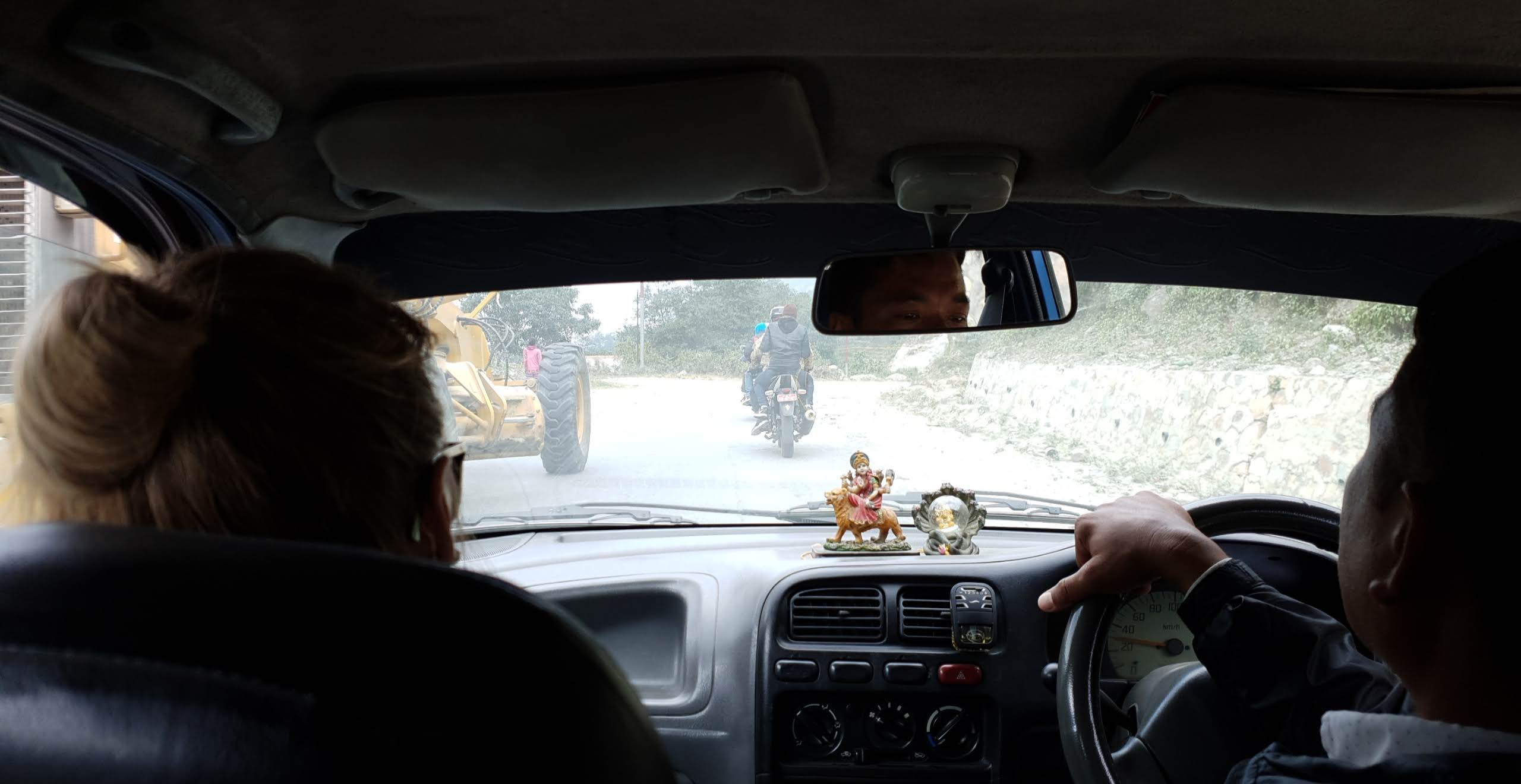
The taxi ride to Nayapul was…interesting.
We stopped at Ulleri, which was just below our targeted destination of Banthanti, as it was starting to get dark by 5pm (sundown around 5:30pm). As there were there just two of us, we were able to get a room (with attached hot shower!) for free once we bought food. Total came to 3400 Rs. which included dinner and breakfast - both with beverages - along with a bottle of water in the morning. This is the only place we stayed at that included a hot shower in the room and we were certainly glad to have it.
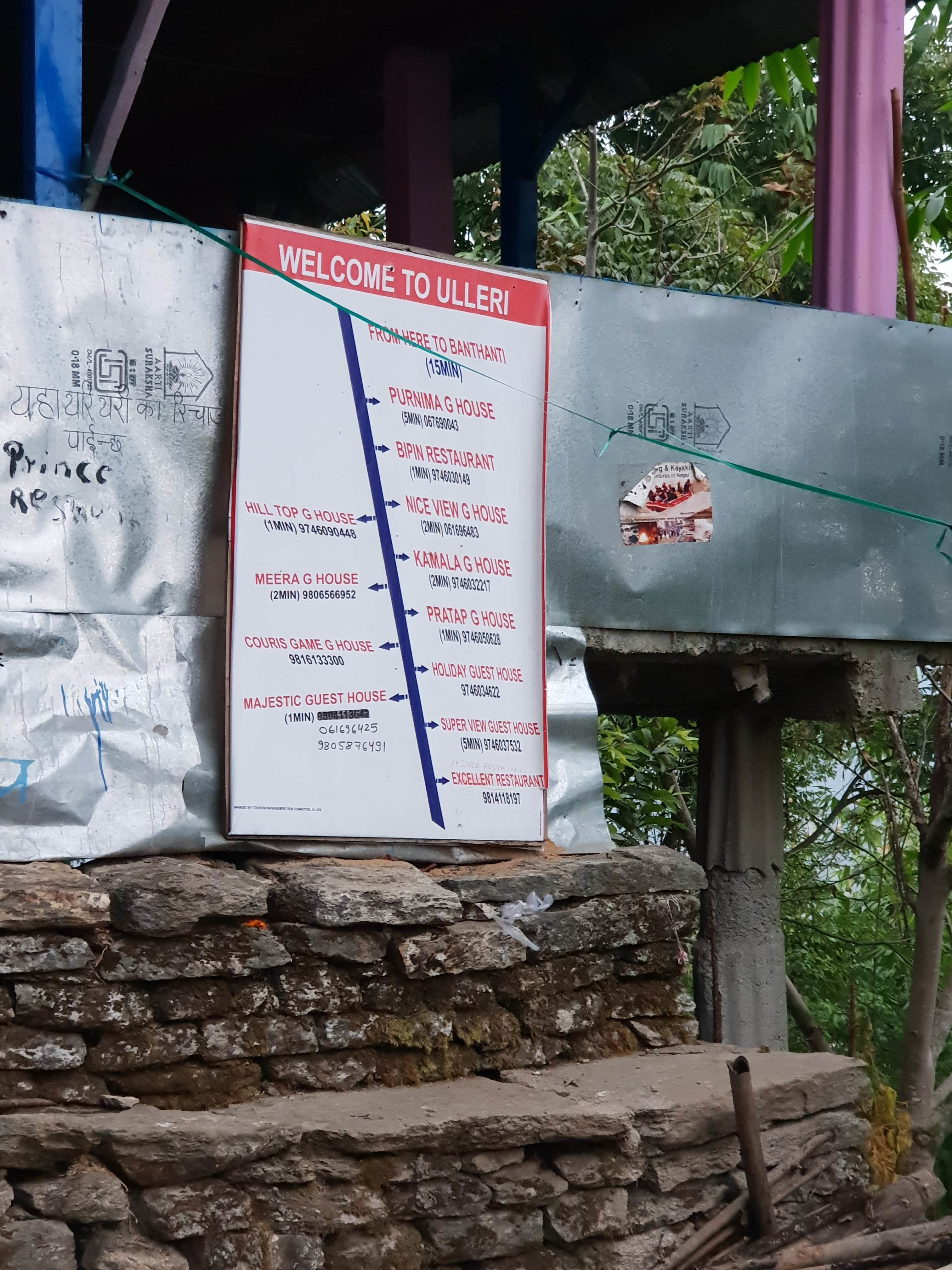
We finally made it to Ulleri.
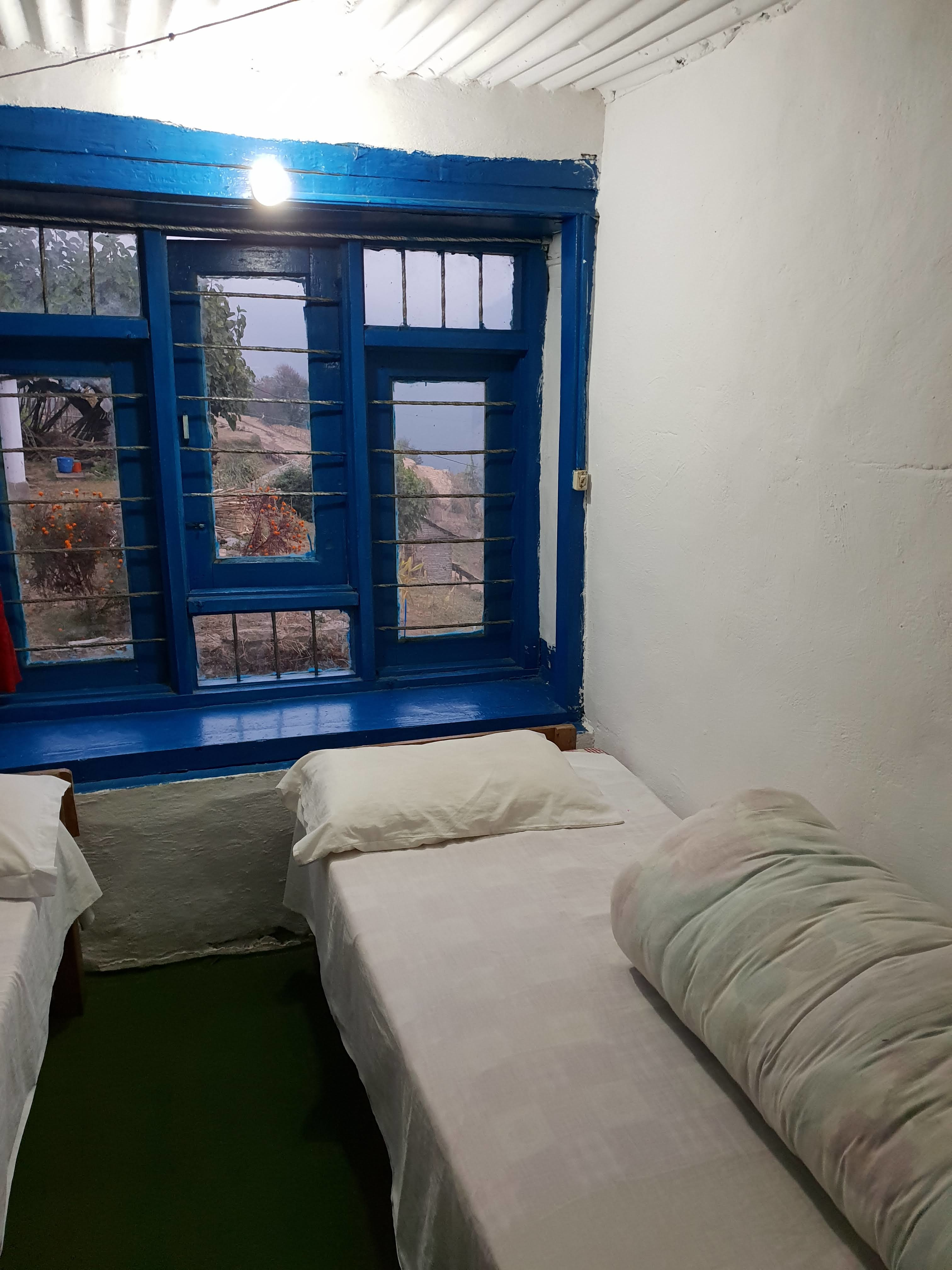
Warm bed? Check. Hot shower? Check.
Day 2
We rose after sunrise and left about 8:30am. Arrived in Ghorepani about 11:30am and got ourselves some coffee and baked goods before heading onto Poon Hill (side note: the machine in the coffee shop here apparently weighs 70+ kg and was carried up on someone’s back. As you do). If we had been able to make it here the day before (ambitious though doable), we could have headed up to Poon Hill for sunrise (expect at 4:30am rise as it’s a 45min - 1 hour climb - you have to pay an entry fee at this time too), which is supposed to be amazing. We didn’t fancy hanging around Ghorepani until the next day so we went up straight after our coffee. Even at this time, the view is still outstanding and we hung around here for a while.
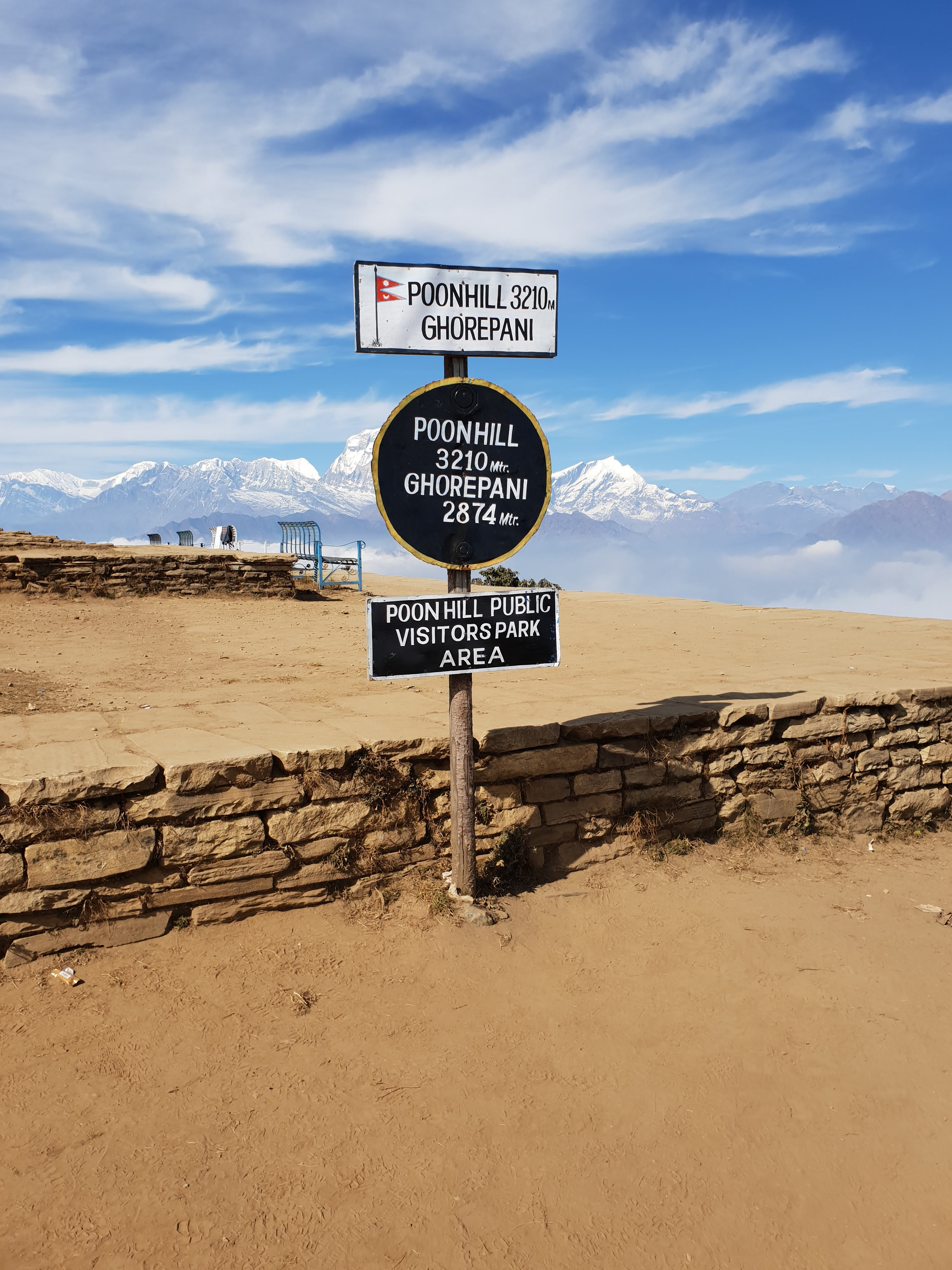
The sort of famous Poon Hill sign.
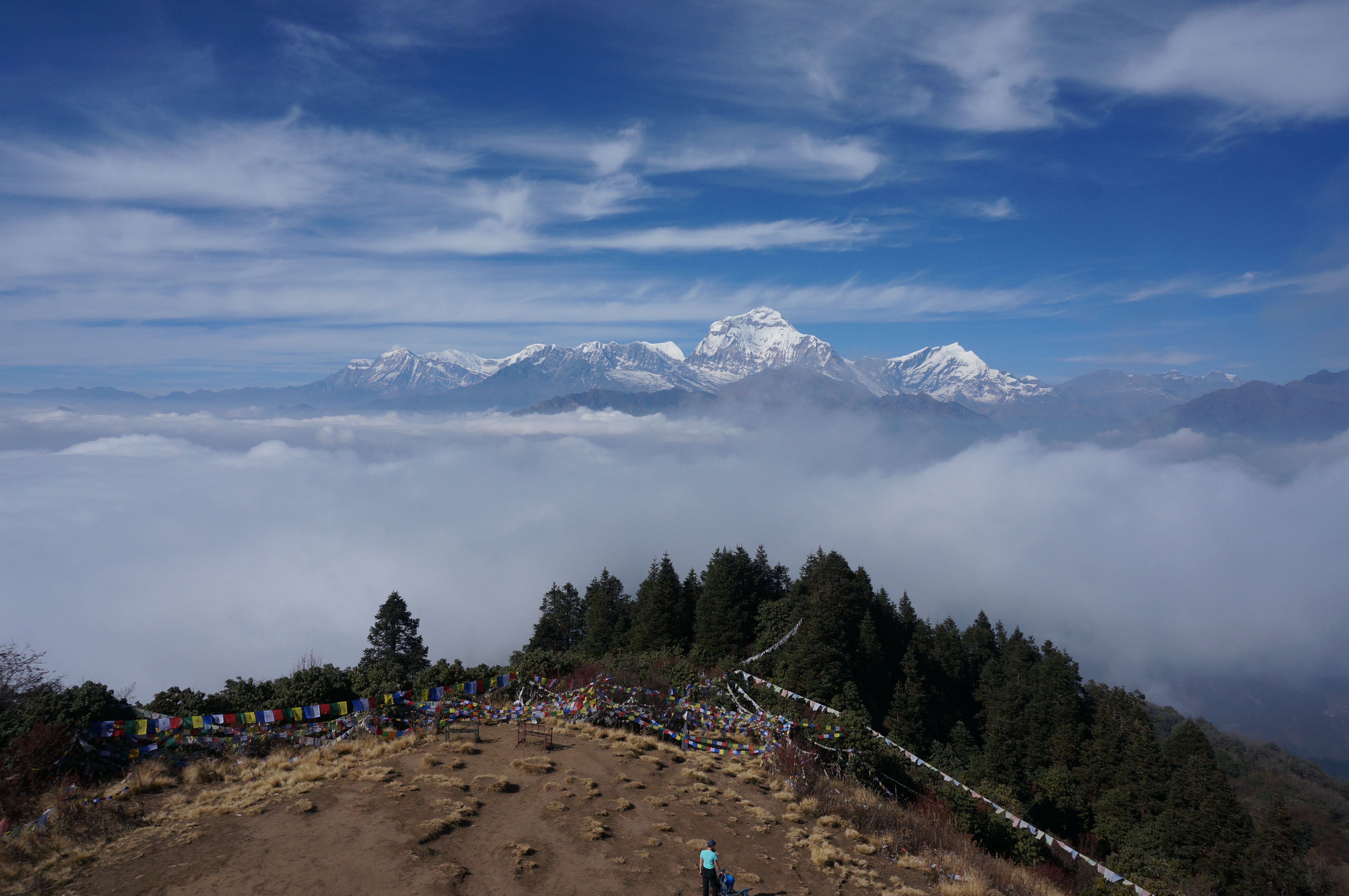
The view from the top.
Once we were done, we headed back down to Ghorepani, leaving here at 2:30pm, arriving in Deurali at 3:40pm, followed by Ban Thanti at 4:30pm, and finished up in Tadapani at 5:40pm. This was a bit late, given that it was essentially dark by then, but it wasn’t anything too challenging physically.
Day 3
We decided we’d leave Tadapani a little earlier than we’d left Ulleri the day before and headed off at 8:10am. Got to Ghandruk about 10:10, where we grabbed some tea here before heading onto Jhinu Danda and the nearby Jhinu hot springs.
This initially wasn’t too bad, as we simply doubled back in ourselves and walked towards a place called Little Paradise. From Little Paradise though, we got totally lost. We were told to “follow the electricity lines” and the blue and white markers along the trail. We did the former and it wasn’t long before we realized we were totally lost and ended up walking through farms and “local” tracks. Google Maps was all but useless in the area so we very much relied on the map we’d brought with us. We were very happy to see the suspension bridge before Jhinu Danda and ended up arriving about 3:30pm, having expected to arrive about 2pm. We had a quick lunch in Jhinu Danda before heading down to the hot springs for a soak. After this, we went back to Jhinu Danda where we stayed for the night.
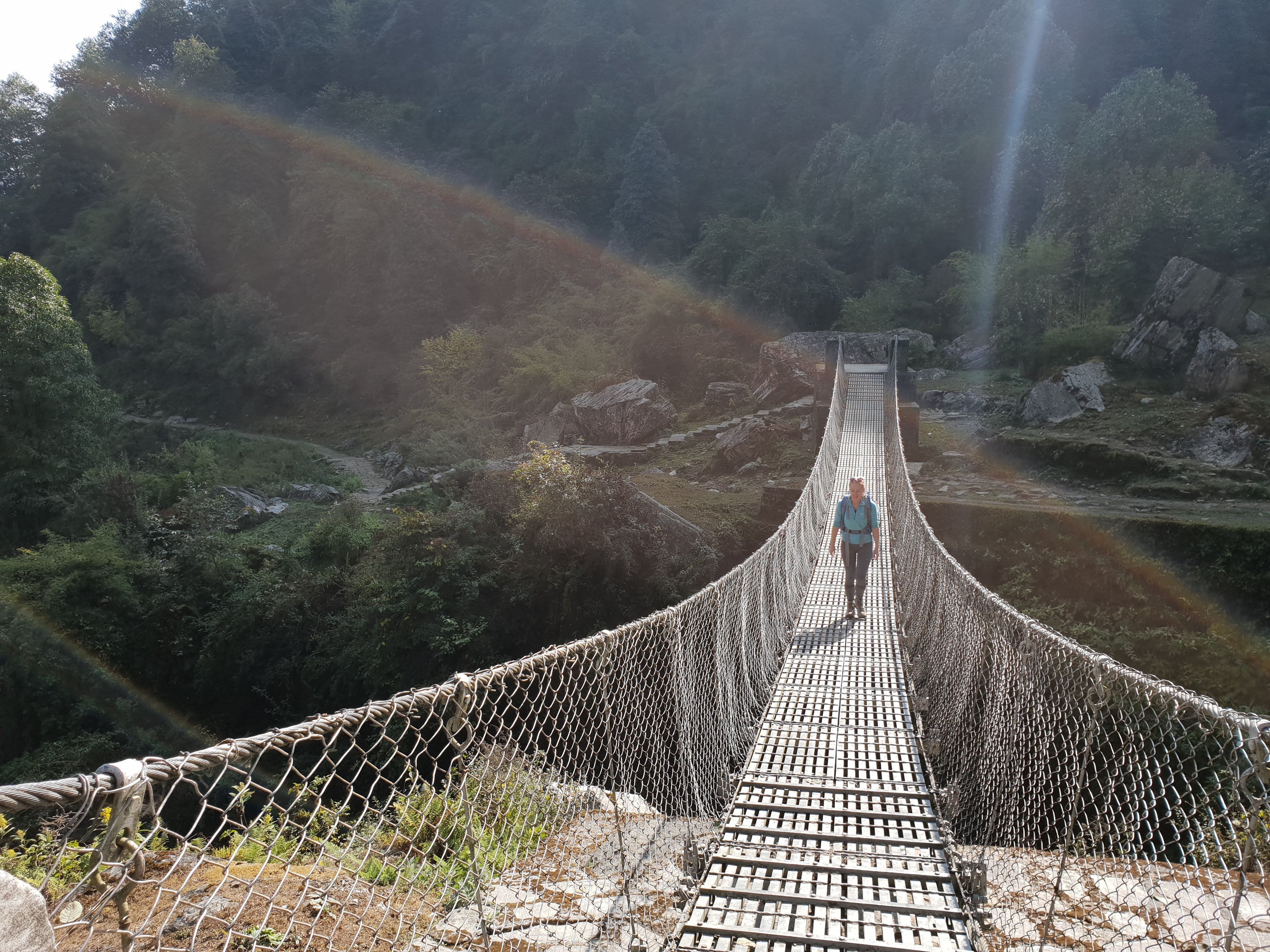
One of the many steel “rope bridges” we crossed on our way. Most of these were provided by the Gurkhas.
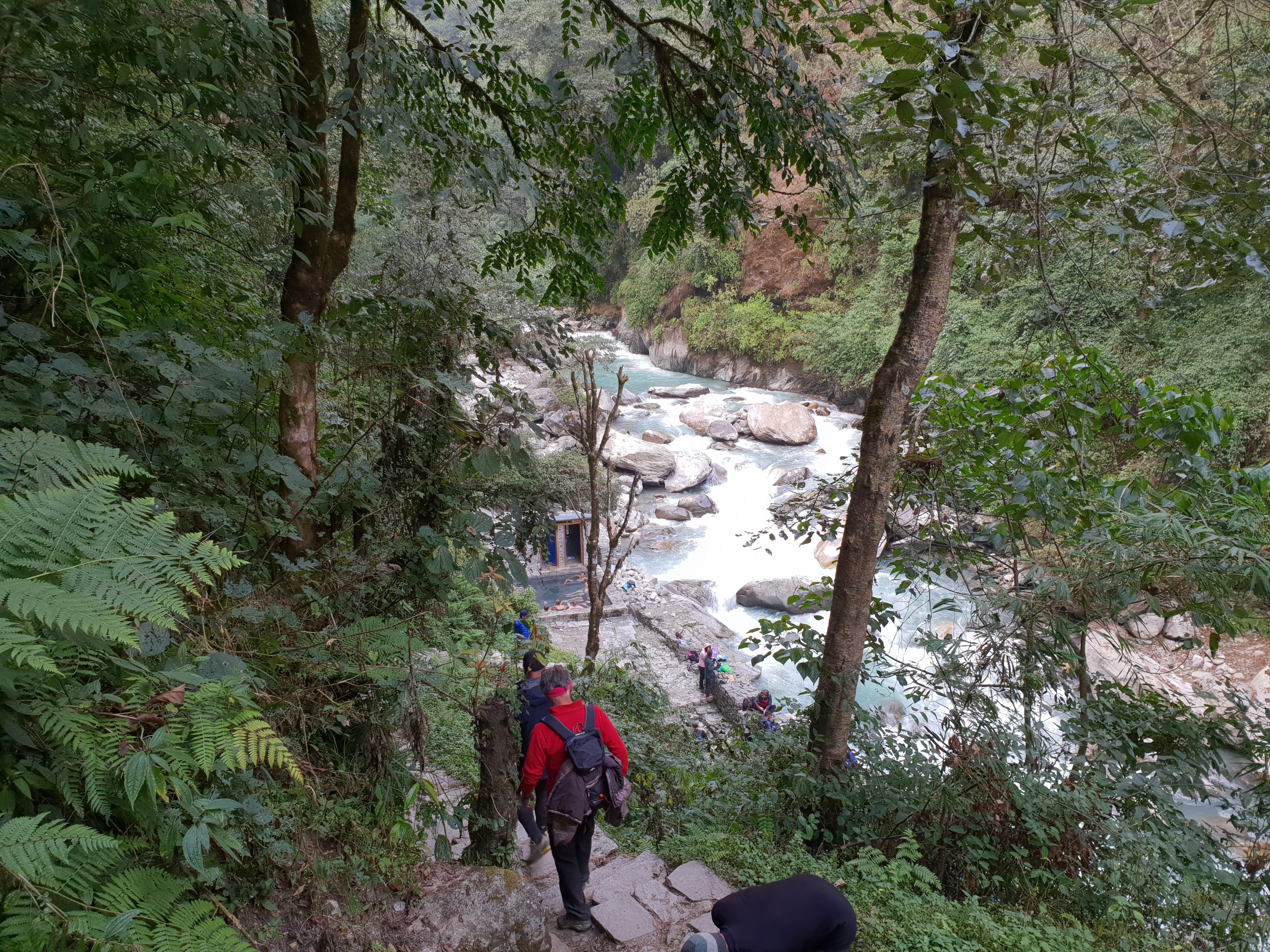
The walk down to the hot springs.
Day 4
We’d planned to make our way back Birethanti along the west side of the river, instead of crossing the “New Bridge” and travelling via Landruk. This turned out to be a terrible idea. We’re still not sure what we did wrong but we got totally lost on the way and ended up walking through fields. We were fortuitous enough to meet a local farmer passing through one of this fields, who put us on the right path (which happened to also take us via his family’s restaurant, heh). From here, it was a long, rather dull walk down into the valley, where we were able to get a taxi straight back to Pokhara.
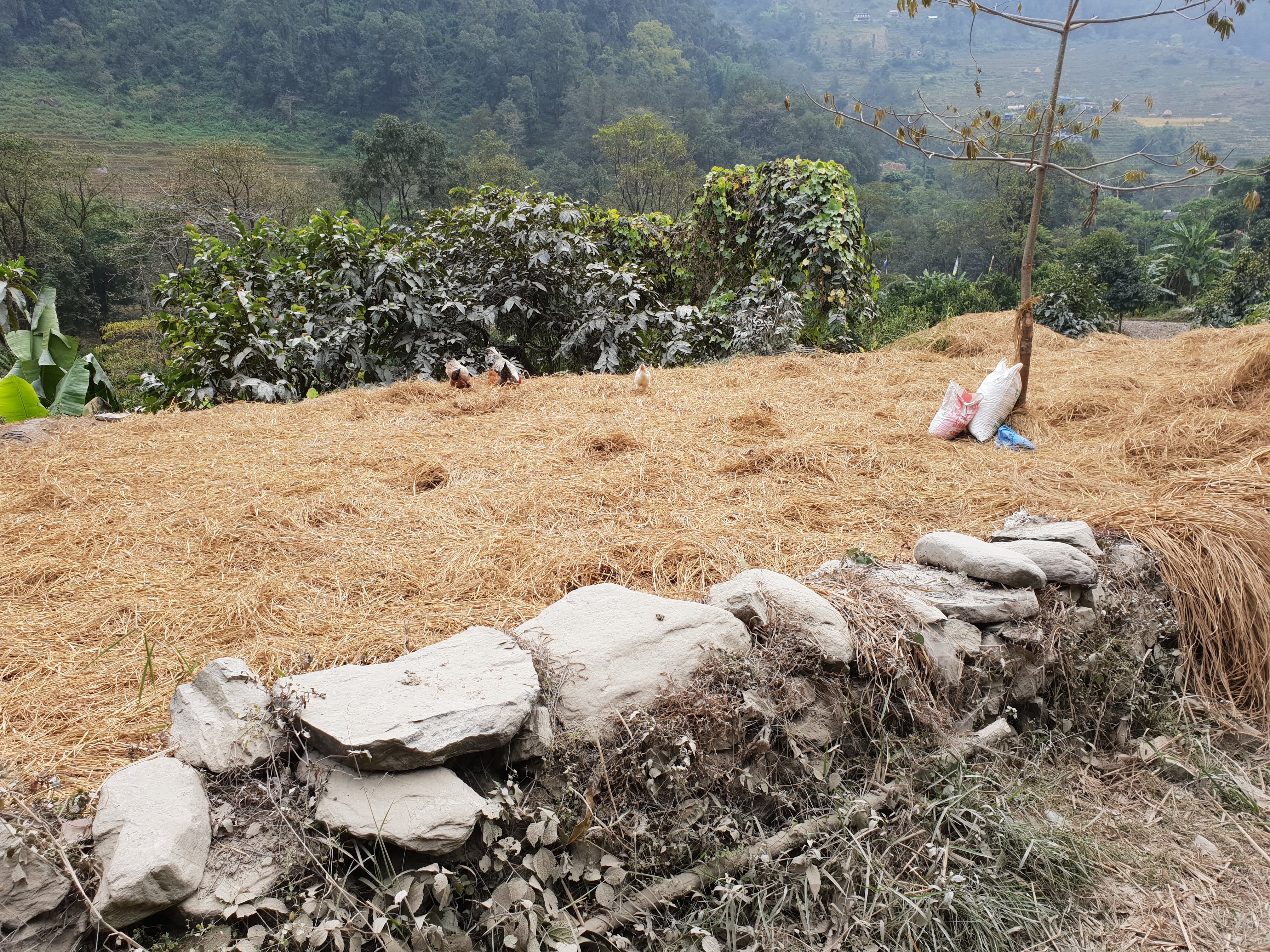
Day 4 was mostly spent walking by (and through) farms like this one.
Additional Notes
Agencies vs. guides vs. solo travel
There are three ways to organize a trek in Nepal. Firstly, you can use an agency. These can be booked online or in Kathmandu or Pokhara as soon as you arrive. They will organize everything for you, including guides, porters, food and accommodation but they are by far the most expensive option, particularly when booked online. Unless you’ve a good reason not to, you’re almost always going to be better off organizing a guide yourself or, if possible (some areas require a guide or may be considered too challenging to do solo), by travelling solo (as in, just you and your friends). Given that the Poon Hill trek is a relatively easy, short trek, we opted for the latter and the below guide is based on this. If you do want a guide though, I can’t stress enough (a) the importance of meeting your guide before you travel (you’re going to be spending days with this person - make sure you like each other) and (b) the value of shopping around.
Permits
To trek in the Annapurna Conservation Area, you require both a “Trekkers' Information Management Systems” (TIMS) card and a conservation area pass. These cost 2000 Rs. and 3000 Rs. respectively. Both of these should be purchased in Pokhara or Kathmandu before you travel. If you forget (or didn’t know, as was the issue for us), these can be purchased at the checkpoints to the park in Birethanti but for a higher price (2000 Rs. for the TIMS card but 6000 Rs. for the conservation area pass).
Food, drink and accommodation
We ended up spending roughly 3500-4000 Rs. a day between two of us and in all but one village, we were able to negotiate free accommodation in exchange for purchasing two meals. This isn’t the case for everyone and I suspect it very much depends on whether you’re travelling solo or not, the time of year, and how busy the particular tea house you wish to stay in is.
When to visit
We visited in November, which marks the end of peak tourist season. The weather was decent, raining only once during our time there, and it’s a lot warmer than December, when it can be -7°C during day, dropping to as low as -20°C during the night. We were told it’s visiting in March or April can also be a good idea as the forest is in full bloom. Note that it’s a lot warmer at this time of year, however.